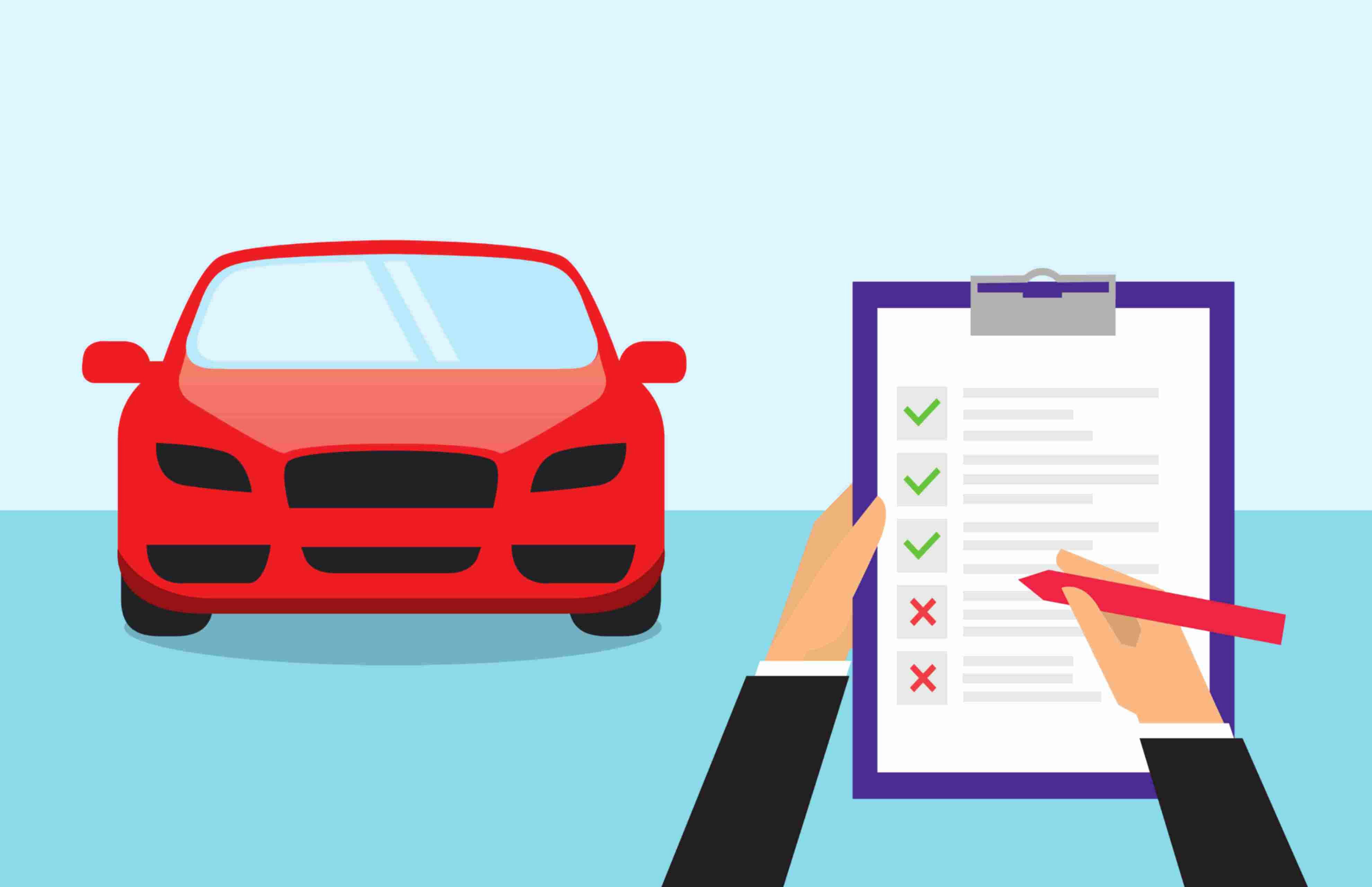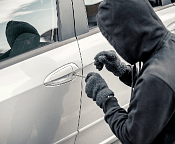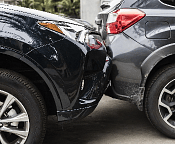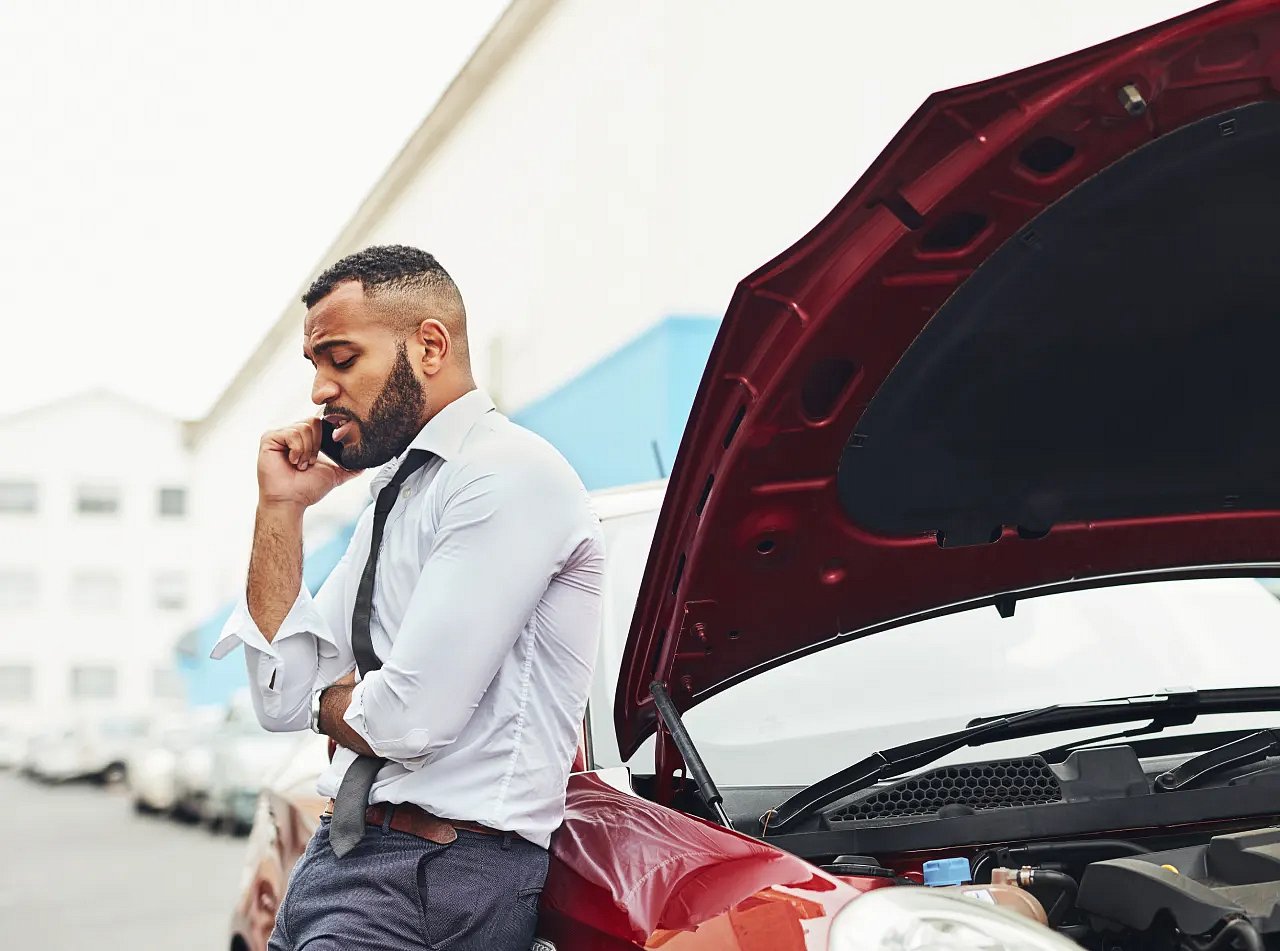Knowledge Hub
Knowledge Hub

Everything you need to know about buying and insuring a pre-loved car
Motoring and Travel
March 15, 2024
You’ve saved up the bucks and you’re finally ready to buy that pre-loved car. Here’s what you need to look out for, what to check and what insurance is best suited for your new ride and pocket.
The Checklist
1. Decide on the make and model you’re after
The first step to choosing a car, is to decide what car you want to drive. Once you’ve made up your mind, it’s time to start searching for it.
2. Stick to reputable dealerships
It’s a good idea to stick with names you know. By choosing a well-known dealership, the chances that you’ll be stuck with a dud are pretty much zero. But, if there is something wrong with the car, you’ll be able to take it back to the dealership to have it sorted.
3. Check the car yourself
Whether you’re buying a car from your uncle’s friend or from a dealership, it’s always a good idea to check it out yourself. If you don’t know anything about cars, get a friend or a reliable mechanic to go with you. Here are some things to check first.
· Service history: This is very important, so make sure that the car been maintained regularly. Check the handbook to see if it’s been stamped by an authorised workshop.
· The odometer reading: This will tell you how far the car has driven and is a good indication of the distance the car has covered per year. Try get a car that has a lower reading or one that’s consistent with the age of the car.
· Engine: Check the engine for leaks like oil and other fluids. Have a look at the oil level and the quality of oil that’s been used. Check out the head gasket for any damage.
· Bodywork: Check the outside of the car for damage, rust, poor repairs or for anything that doesn’t align properly (this could indicate repairs after an accident). Get under the car and make sure there’s no rust.
· Wheels and tyres: Check the make of the tyres and the tread dept. Assess the condition of the rubber too.
· Interior: Look at condition of the inside of the car. Check that seatbelts work smoothly and that the seats can be adjusted.
4. Take the car for a test-drive
Once you’ve had a good look at the car, it’s time to take it for a test-drive. When turning the car on, check for any warning lights. Try all the flickers, buttons and electronics to make sure it all works well. When you get on the road, feel how smooth it is to change gears and listen for any weird sounds. Watch out for strange exhaust smoke and listen out for any unusual noises, vibrations or handling problems.
5. Check the paperwork
A legit car will have all the right paperwork. So, make sure that you insist on a NATIS check. This will give you all the information you need about the car like the VIN number, owner’s details, engine number and more. Also get a multi-point check list. This overs over 35 key point areas of the vehicle and it’s inspected by a qualified technician.
6. Does the car have a warranty?
Check with the dealer if the car you’re interested in has a warranty for mechanical damage. If it doesn’t, you can buy a warranty from most car insurance companies. With Dialdirect, you can add a warranty to your policy. With different options available, depending on the age and mileage of the car, you can get the one that best suits you.
Now that you know what to check on the car, here’s what you need to know about insuring it:
1. Shop around
Different insurance companies offer different cover for older cars. You might decide against comprehensive cover because the replacement value of your car isn’t high. Make sure that you ask all the questions and get the information you need about restrictions when it comes to mileage or the car’s age. You can also get first hand info from friends and family. Make sure that the insurer you choose is reputable and will pay out when it comes to claiming.
2. Provide accurate information
Once you’ve decided on the insurance company and policy that’s right for you and your car, you will need to give the insurer the correct information about the car. You will also need to provide a valid driver’s license and vehicle license.
3. Add extras
When you own an older car, you can expect some problems to pop up. Make sure that you take out any extra cover that you might think you’ll need. This can include things like extended warranties, pothole cover and scratch and dent.
Buying and insuring a pre-loved car doesn’t have to be daunting. With a dash of research, some negotiation skills, and a quick call to Dialdirect for your insurance, you'll be cruising in style in no time.

We have great insurance products
Need car, home & Life Insurance? We offer a wide range of insurance products. Switch & get cash back on insurance premiums.





















